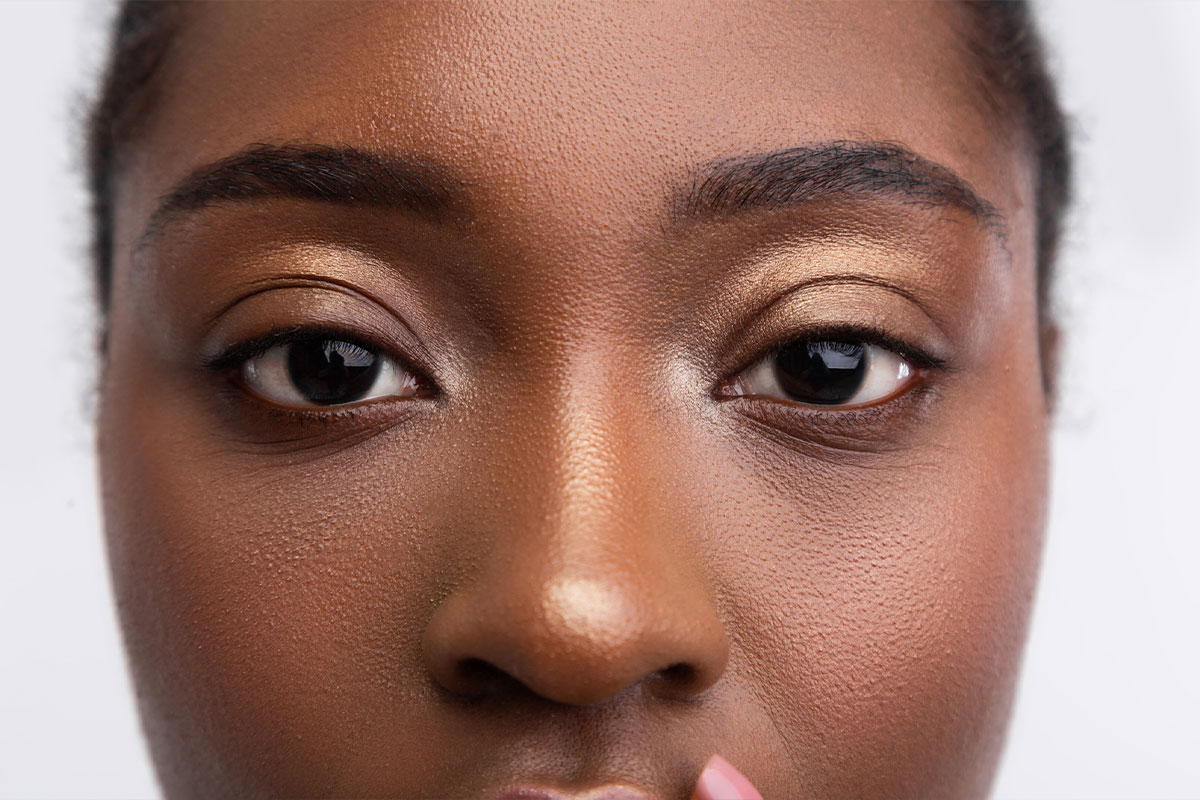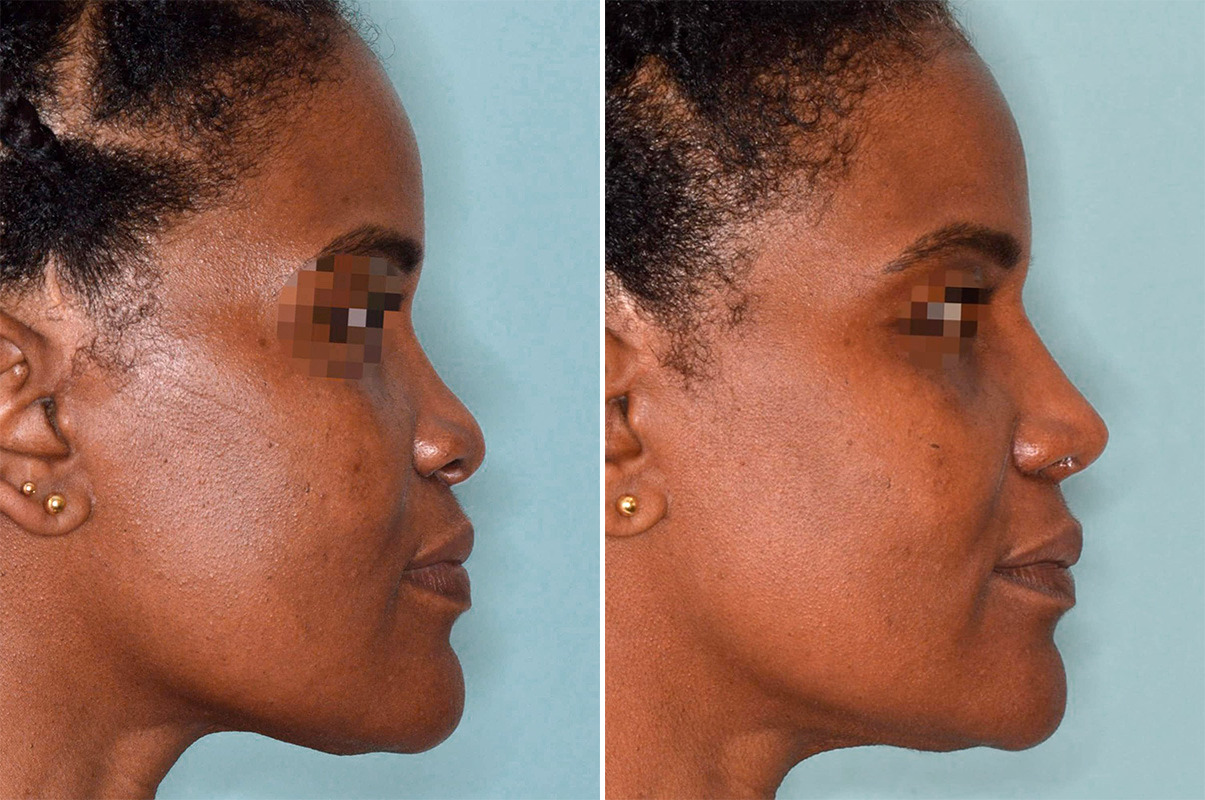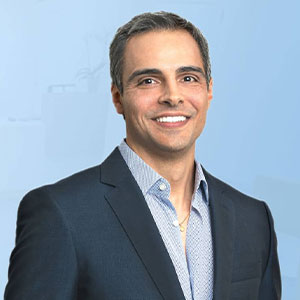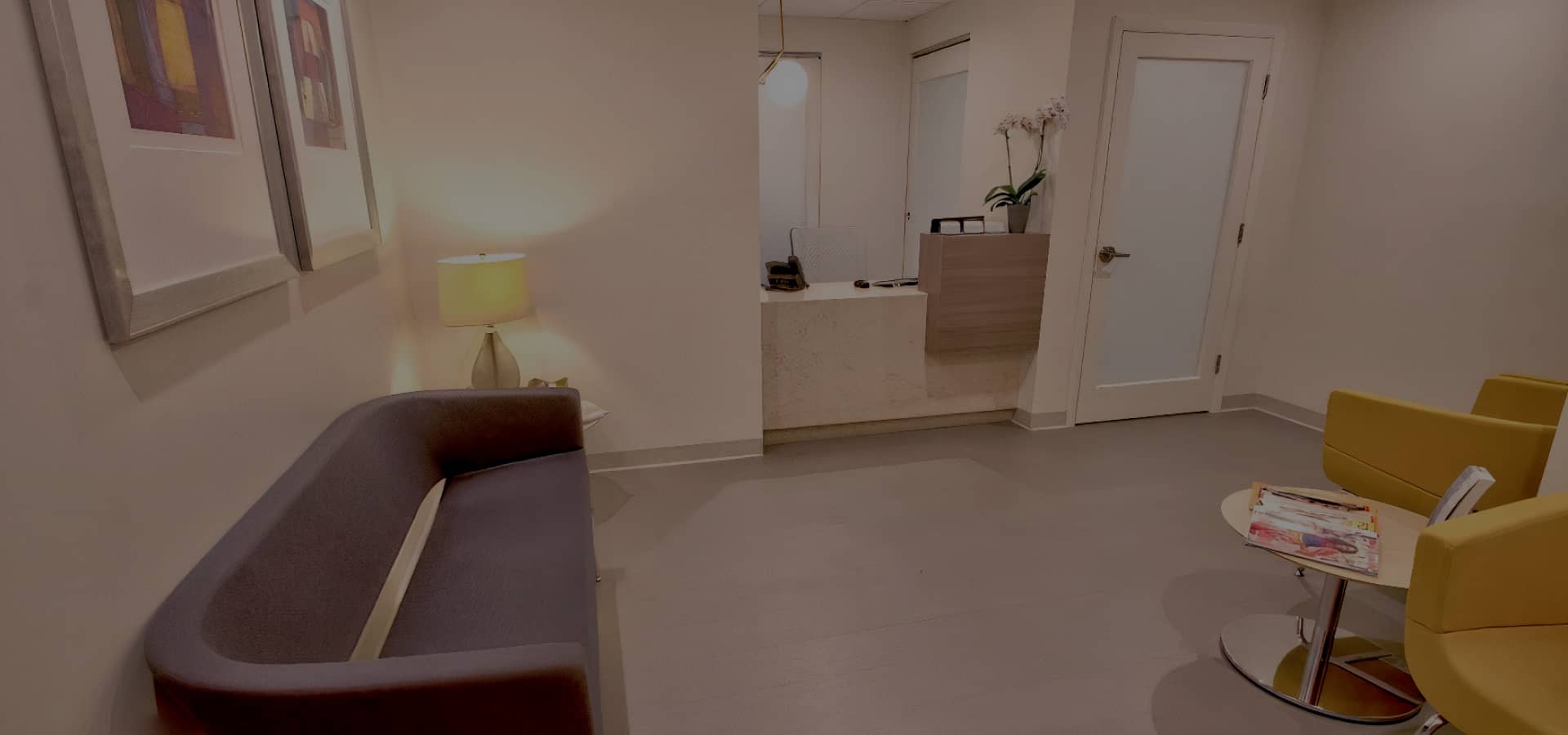Ethnic rhinoplasty is a specialized approach to nasal reshaping that respects and enhances the unique anatomy associated with different backgrounds. Rather than applying a single aesthetic ideal, it harmonizes the nose with facial proportions, skin characteristics, and cultural identity. In Miami’s diverse community, this nuance is essential to deliver results that feel authentic, natural, and personal.
The procedure accounts for predictable differences—such as thicker skin, softer cartilage, a low bridge, or wider nostrils—without erasing features that define a patient’s heritage. Dr. Anthony Bared plans structural changes using a detailed exam, photography, and imaging to anticipate how thicker skin will drape over refined frameworks. The goal is facial balance and unobtrusive beauty, not homogenization.
Benefits and Value
The most important benefit of this surgery is personalization. When a surgeon understands how skin thickness, cartilage strength, and bridge height interact, they can tailor techniques to refine and support the nose rather than simply reduce it. Patients often notice better tip definition, smoother dorsal lines, and subtler nostril shape, with changes that remain in harmony with their face and identity. The result is a nose that looks right for the individual, not a generic template.
A second advantage is functional enhancement. Many patients present with both aesthetic concerns and airway challenges, including a deviated septum or valve collapse. Addressing support during surgery can improve breathing while refining appearance. This dual focus—form and function—is central to long-term satisfaction.
Longevity is another value. Structural grafting and precise cartilage shaping keep the nose stable over time, especially under thicker skin that can contract during healing. When support is thoughtfully engineered, the nose ages well, maintaining definition rather than blunting.
Satisfaction also improves with clear communication, imaging previews, and recovery guidance that align expectations with reality. In Miami, where diversity is celebrated, many patients value the cultural sensitivity embedded in this approach. Knowing the surgeon will protect distinguishing features while achieving balance instills confidence and comfort. Dr. Bared emphasizes this respect in consultation and surgical planning so you feel understood at every step.
The Process
Every successful procedure begins with an in-depth consultation. Dr. Bared first listens to your concerns, reviews your medical history, and evaluates your airway. Standardized photographs and, when appropriate, digital imaging clarify goals and illustrate how subtle changes affect overall harmony. This phase is about alignment—what you want, what your anatomy allows, and how to achieve a natural-looking result that preserves your identity.
Next, Dr. Bared develops a bespoke plan that addresses skin thickness, cartilage quality, and desired structural changes. Decisions include which graft materials to use, and how to balance reduction with augmentation. The plan also anticipates how swelling evolves in thicker skin and builds strategies to maintain definition over time.
Now, here’s where it gets interesting. Then comes surgery day. Under appropriate anesthesia, your surgeon executes the plan with meticulous attention to support. Tip refinement respects the soft-tissue envelope, dorsal lines are smoothed or augmented as indicated, and alar base narrowing is performed only when it harmonizes with your proportions. Structural grafts stabilize the septum and the internal and external valves to protect breathing, while osteotomies are performed conservatively to preserve natural contours. Every maneuver is calibrated to create elegant, enduring results.
After surgery, recovery includes splinting, careful wound care, and a detailed plan for swelling. Dr. Bared provides clear guidance on sleeping position, activity restrictions, and follow-up timing. Patients with thicker skin often benefit from strategic taping, steroid injections when indicated, and patience as definition reveals itself gradually.
Refinements continue in follow-up. Your surgeon monitors airway function, symmetry, and scar maturation. Most patients return to non-strenuous routines within a couple of weeks, but the nose continues to refine for months. Scheduled check-ins ensure optimal healing and appropriately timed nonsurgical measures—such as scar care and congestion management.
Considerations and Suitability
Ideal candidates for this procedure are healthy adults with realistic goals and a desire to enhance rather than erase their natural features. The best outcomes occur when patients and surgeons agree on priorities and understand how anatomy shapes what’s achievable. Skin thickness, cartilage strength, and soft-tissue dynamics guide choices, so a candid conversation about trade-offs and timeline is essential.
Options vary widely based on goals. Some patients benefit from conservative dorsal reduction and tip refinement, while others need bridge augmentation or tip for balance. When nostril width is a concern, alar base reshaping may be considered if it fits the overall aesthetic. Nonsurgical options, such as temporary dermal filler to camouflage a minor dorsal irregularity or lift the tip slightly, can test a look or refine results, but they don’t replace the precision or durability of surgery.
A thoughtful plan also accounts for personal healing history, including a tendency toward hypertrophic scarring or hyperpigmentation. In Miami’s sunny climate, robust sun protection is recommended during healing to protect the skin and minimize discoloration. The consultation is the time to surface these concerns so preventive strategies can be built into your plan.
Results and Outcomes
Patients often notice immediate improvements in profile and alignment once the splint is removed, yet the true story unfolds gradually. Early swelling subsides over two to four weeks, revealing a refreshed, natural appearance without obvious signs of surgery. In thicker-skinned noses, tip definition continues to sharpen for several months, and the last 10 to 20 percent of swelling can take over a year to settle.
Measuring success blends objective and subjective metrics. Objectively, surgeons evaluate proportion and airway function through examination. Subjectively, how you feel about your reflection and daily breathing matters just as much. Standardized photography at follow-ups lets you compare changes over time and appreciate refinements that can be hard to notice day to day.
Durability is a defining benefit of a structurally sound operation. By reinforcing key support points and accommodating thicker skin, surgeons aim to maintain definition as tissues mature. With prudent choices—avoiding trauma, protecting skin from the sun, and following post-care instructions—results can remain stable for many years. When desires evolve or the nose experiences trauma, minor touch-ups are possible, but precise planning and execution minimize the need for revision.
Dr. Bared approaches the nose holistically. Improvements in facial harmony and self-confidence are balanced with better airway function where needed, and the care team remains available throughout recovery to fine-tune taping, injections, or scar care so the final result shines.
Making the Right Choice
Selecting the right surgeon is the most important decision you’ll make. Experience with ethnic rhinoplasty, board certification in facial plastic or plastic surgery, and a portfolio of before and after results featuring patients with features similar to yours are strong indicators of expertise. Equally important is a surgeon’s willingness to listen, educate, and set realistic expectations based on your anatomy and goals.
In a multicultural city like Miami, cultural fluency and technical mastery go hand in hand. You should feel confident your surgeon understands both nasal structure and the nuances that make your face distinctly yours. Dr. Bared brings this blend of skill and sensitivity to every consultation and procedure, pairing structural techniques with thoughtful aesthetic judgment.
If you’re ready to explore how this procedure could refine your features while honoring your heritage, schedule a private consultation with Dr. Bared. His team will guide you through evaluation, planning, and recovery with clarity and care, whether you live in Miami or are traveling for treatment. Begin the conversation and discover what’s possible.
Frequently Asked Questions
Written by: Dr. Anthony Bared
Double Board Certified Plastic Surgeon, Facial Plastic Surgery Miami
About Dr. Bared




